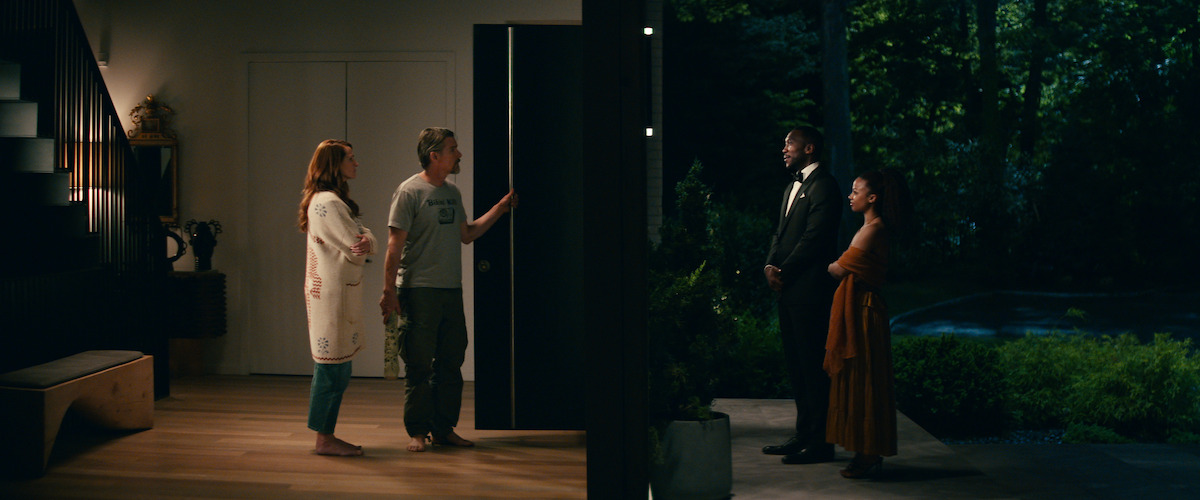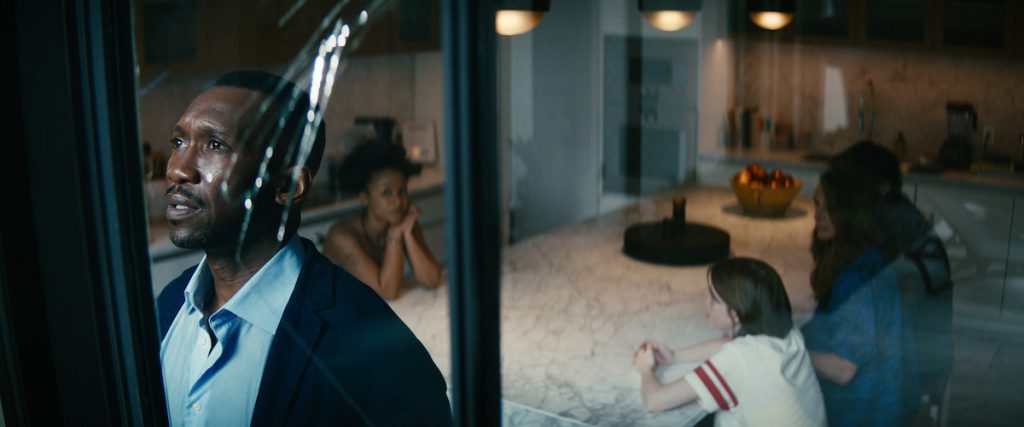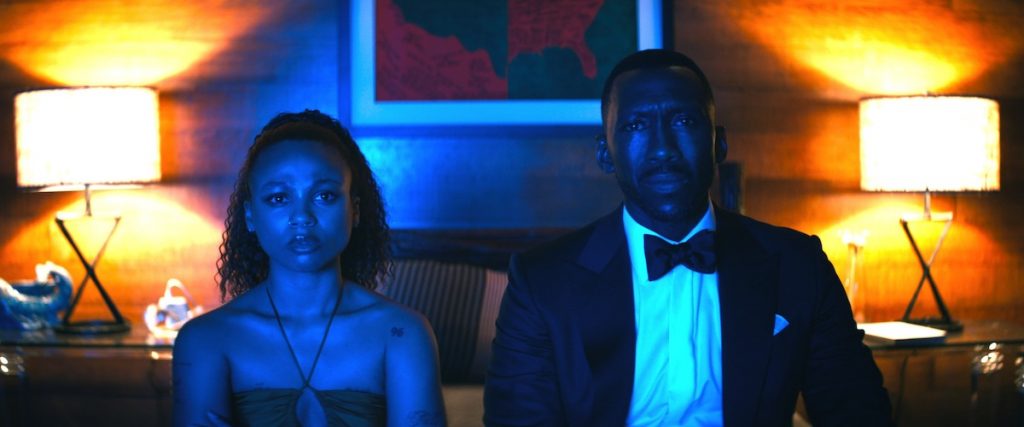
Synopsis: Starring Julia Roberts, Mahershala Ali, and Ethan Hawke, the apocalyptic thriller from Mr. Robot creator Sam Esmail tells the story of two families as they fight for survival amid an inexplicable blackout. Only one thing’s for sure: There is no going back to normal.
Reviewed by: Darryl Goh
When the apocalyptic thriller, Leave the World Behind, became the top streaming Netflix film in the first week of December, it was clear audiences fell hard for the bait sprinkled throughout the two-hour adaptation of the 2020 novel with the same name. X erupted with fan theories about the overreliance of technology, racial tensions and global politics. Even Elon Musk chimed in because Tesla cars made an unfavourable cameo.
The film takes place on a remote part of Long Island, where an upper-class family is on a well-deserved holiday before all hell breaks loose — the loss of network reception. A mysterious duo then joins the family and they try to figure out what is going on, albeit reluctantly together.
Most of the drama happens during conversations which make up the bulk of the film, and the small cast, led by Julia Roberts and Mahershala Ali, deliver solid performances. There is palpable tension when Roberts’ chaotic character, Amanda, clashes with Ali’s G.H. Scott, who steals each scene with his stoic nature and enigmatic presence.

Film Still from Leave The World Behind
But great acting cannot mask a poor script and the lack of character development — Amanda’s son, Archie (Charlie Evans), is a sexually-charged teenager while Ruth (Myha’la Herrold), the female young adult of the duo, is a woke, insufferable know-it-all. These are stereotypical and shallow characters who stay one-note throughout the film, making them very hard to care about.
Pacing also suffers thanks to draggy, corny dialogue that is classic internet discussion bait. As hints drop that the network blackout is more than just a temporary disruption, characters throw believable theories around while shoehorning racial relations and gender power imbalances into conversations, packing the main plot with unwanted filler. Add paranoia and character unlikability to the mix and some scenes become a chore to get through.
Despite these glaring flaws, the film shines in highlighting how small the characters are in their increasingly hopeless situation through beautiful cinematography. The use of colours in its art direction also tells a story of the characters’ emotions throughout the film, from the blue family car to moody room lighting.

Film Still from Leave The World Behind Still
Leave the World Behind ends with more questions than answers. You will not find a resolution on the fate of the characters or what is causing the apocalypse, which is the main complaint of general audiences. To many critics, those questions are irrelevant, because the real questions one should be pondering about are intellectual ones — those you would find in a social sciences research paper. But when the premise revolves around unserious caricatures tackling heavy topics while civilisation collapses, can any discussion be fruitful?
The apocalypse is just a vehicle to deliver not-so-subtle uncomfortable questions, devoid of any thrill. Strip away the preachy distractions and the plot becomes a bland example of doomsday, conveniently starved of details. Leave the World Behind thinks it is clever, but the best films tend to show more than tell.
Leave the World Behind is streaming on Netflix.
Darryl Goh obsesses over creative details in media, from films to brand campaigns. He writes about the local creative scene and makes art inspired by local news stories. These personal projects can be tiring at times, but they also make him feel truly alive.
Click Here For More Film Reviews
Do you love writing? Send us a film review and we will feature it on our website. Any film that people can see in the theater or online. Email to: media@scape.sg
This review is also published on Singapore Film Society as part of *SCAPE’s Film Critics Lab: A Writing Mentorship Programme.

